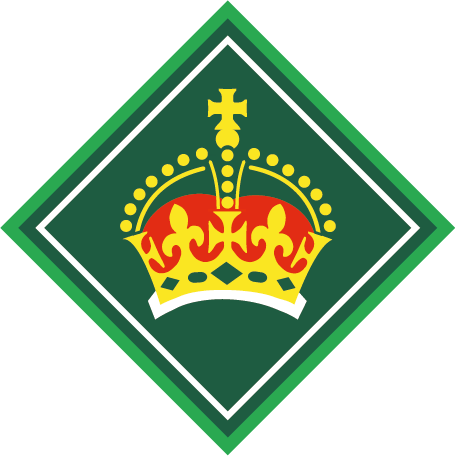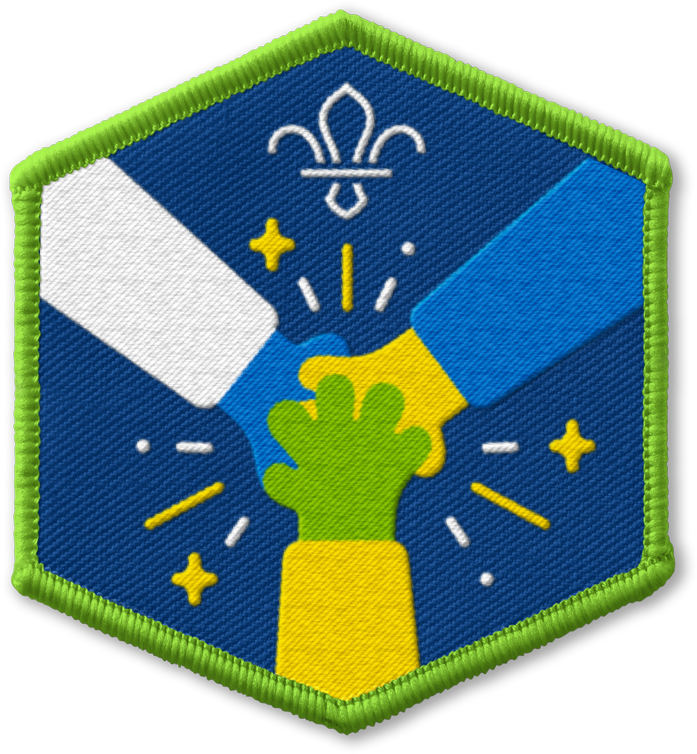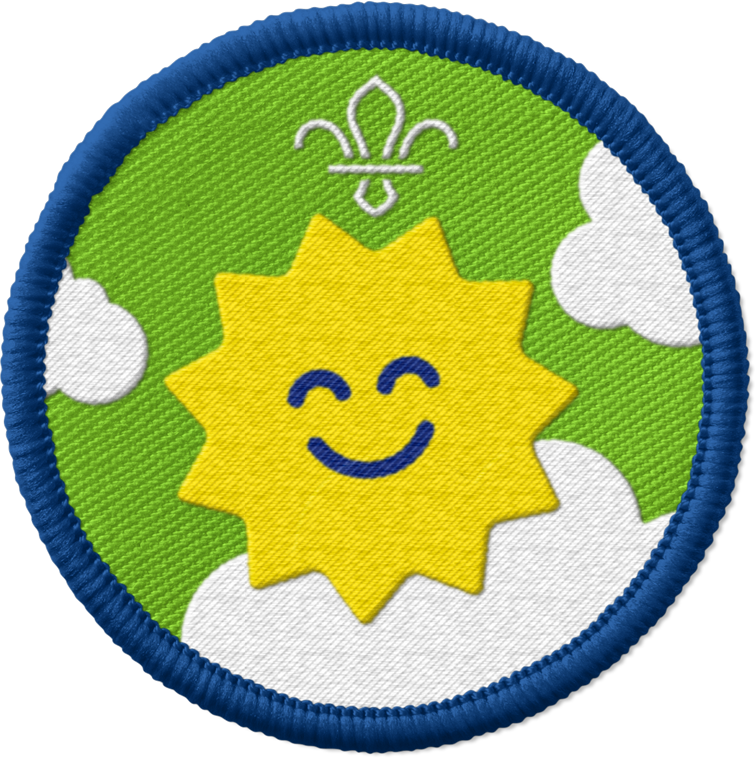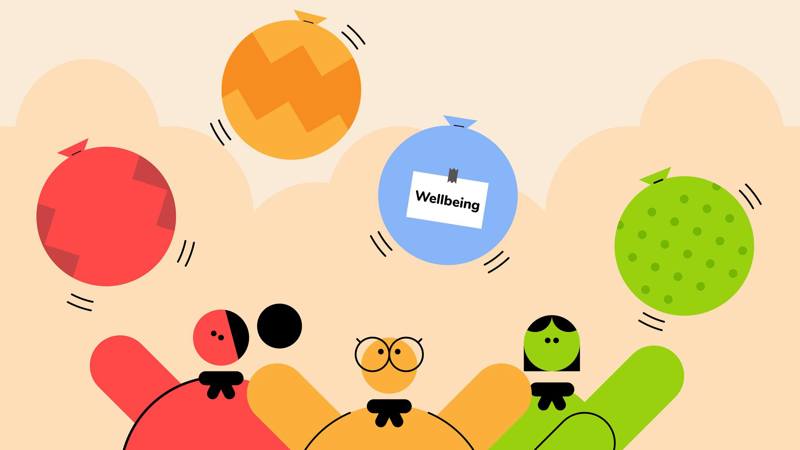
Keepie uppie
You’ll need
- Copies of the Better mental health for all script
- Light coloured balloons
- Black marker(s) or felt pen(s)
Before you begin
- Use the safety checklist to help you plan and risk assess your activity. Additional help to carry out your risk assessment, including examples can be found here. Don’t forget to make sure all young people and adults involved in the activity know how to take part safely.
- Make sure you’ll have enough adult helpers. You may need some parents and carers to help if you’re short on helper
Setting up this activity
- Before everyone arrives, inflate enough balloons that everyone in the group will have one.
- Inflate one more balloon and write ‘Wellbeing’ on it with the pen.
- Print out copies of the ‘Better mental health for all script.’
Run the activity
- Give out copies of the ‘Better mental health for all script.’ Everyone should read through the script - the group could take turns reading it aloud. Ask the group about the causes of mental health issues listed on the script and see if they know any others.
- Now give out the balloons and pens. Everyone should write their name and a cause of a mental health issue for a young person on their balloon with the pen, such as falling out with a friend, losing a treasured item, or doing badly in a test at school or college. They may choose one that they have experienced themselves or something that has happened to a friend or family member.
- Everyone should stand in a circle in the centre of the room, holding their balloons.
- Give the balloon with ‘Wellbeing’ on it to one person and tell them to go and stand in the middle of the circle.
- The person in the middle of the circle should bounce both their own balloon and the ‘Wellbeing’ balloon lightly into the air, take care to stop both balloons touching the ground. They may use any part of their body to do so.
- When one of the balloons floats close to someone in the circle, they should bounce it back into the air and join the person in the middle, adding their own balloon to the two already in the air. There should now be two people keeping three balloons from touching the ground.
- Each time a balloon floats near someone in the circle, they should join in and add their balloon to those in the air.
- Everyone should work together to keep all of the balloons from touching the ground. If someone’s balloon touches the ground, the person with their name on the balloon must collect it and return to the circle.
- If you've a large group, an adult volunteer or young leader should choose people at random from the circle to join in rather than wait for one of the balloons to float their way.
- Once everyone has joined the middle of the circle, tell the group to catch the ‘Wellbeing’ balloon. The person who does so is the winner. This should encourage the players to stick closely to the ‘Wellbeing’ balloon - something important for them to think about in real life.
- Everyone should go back to their ‘Better mental health for all script.’
- Explain that the game was similar to what life can be like for a young person who is struggling with a mental health issue. They might find that they have to deal with lots of issues at the same time and should always remember to think about their wellbeing and to ask for help from others around them.

This activity helps contribute towards some of the UN's Sustainable Development Goals. Find out more about the SDGs, and how Scouts across the world are getting involved.
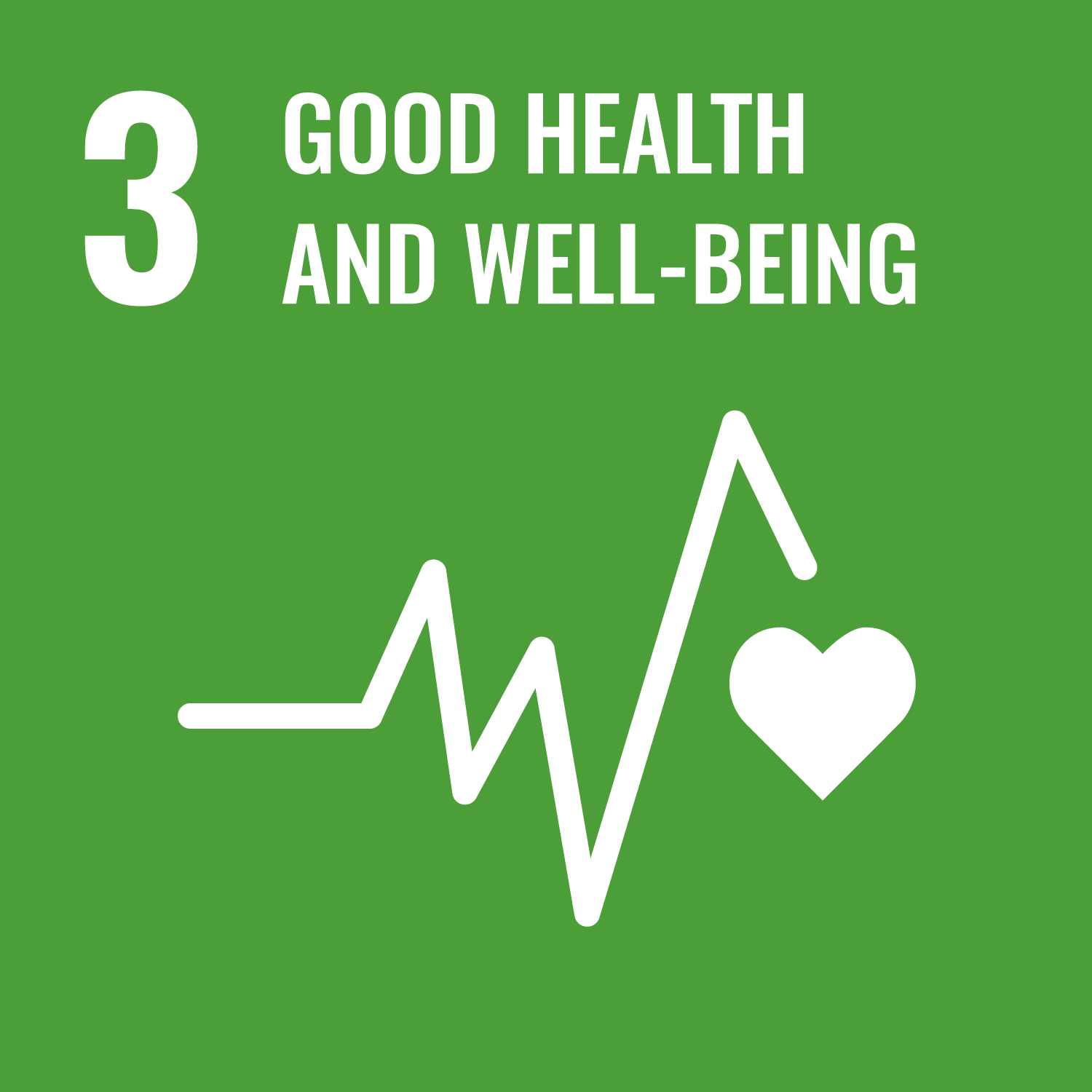
Reflection
The group has played a game which involved working as a team to keep balloons in the air. As a team, how did you work together to stop any of the balloons touching the ground? Did you ask for help from someone when faced with three or four balloons at once? How did you try to stick close to the ‘Wellbeing’ balloon, so that you could catch it at the end?
The game represents a young person juggling their problems while dealing with a mental health issue. Problems can seem to mount up and fall on you all at once, very much like the group’s balloons. Which causes of mental health issues did the group decide to put on their balloons? Did anyone put something that affected them? See if they would like someone else in the group or an adult to hear more about their problem to help keep that balloon up in the air.
Safety
All activities must be safely managed. You must complete a thorough risk assessment and take appropriate steps to reduce risk. Use the safety checklist to help you plan and risk assess your activity. Always get approval for the activity, and have suitable supervision and an InTouch process.
- Active games
The game area should be free of hazards. Explain the rules of the game clearly and have a clear way to communicate that the game must stop when needed. Take a look at our guidance on running active games safely.
This might be the first time that a young person has explored the issue of mental health or thought about speaking with someone about this
If anyone shares their own mental health problems let them know that they can talk to you afterwards and that Childline offers free confidential counselling, 24-hours-a-day. They can call on 0800 1111 or go online to chat one-to-one with a counsellor at: childline.org.uk/get-support/
Expert balloon jugglers may enter the circle with two or three balloons if they and the rest of the group are feeling confident. This should also make it more difficult to keep track of the ‘Wellbeing’ balloon!
Those who are struggling could have a number of lives - for example, their balloon could be allowed to touch the floor three times before they have to return to the circle.
For those unable to touch balloons, consider using balled-up newspaper, soap bubbles or ping-pong balls.
This game can be played sitting down or standing up.
All Scout activities should be inclusive and accessible.
See how many balloons one person can keep in the air by themselves. When they need help from the rest of the group, they must ask for it before someone can join in.
Discover more at https://www.mind.org.uk/





